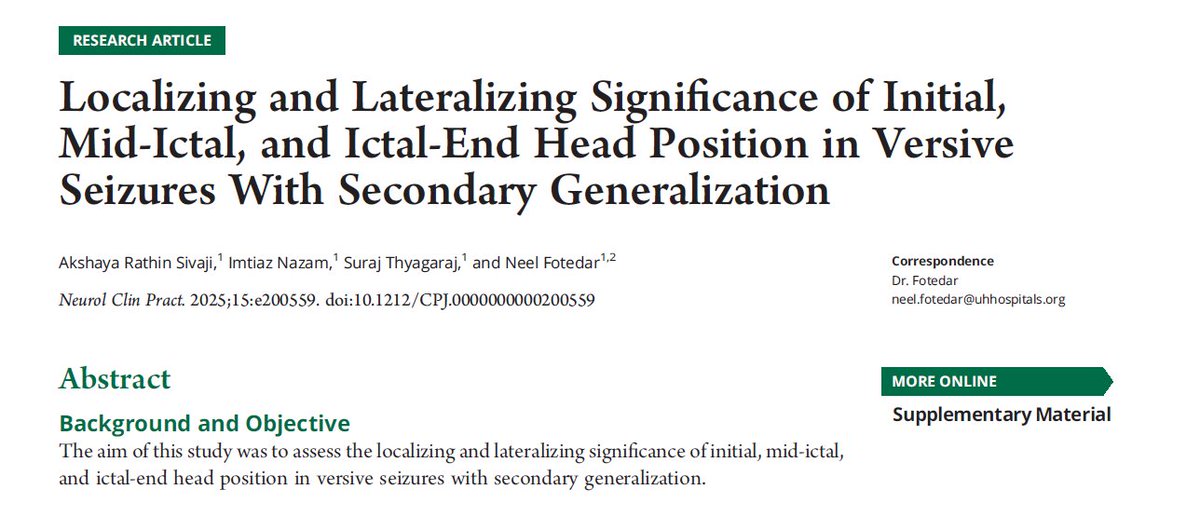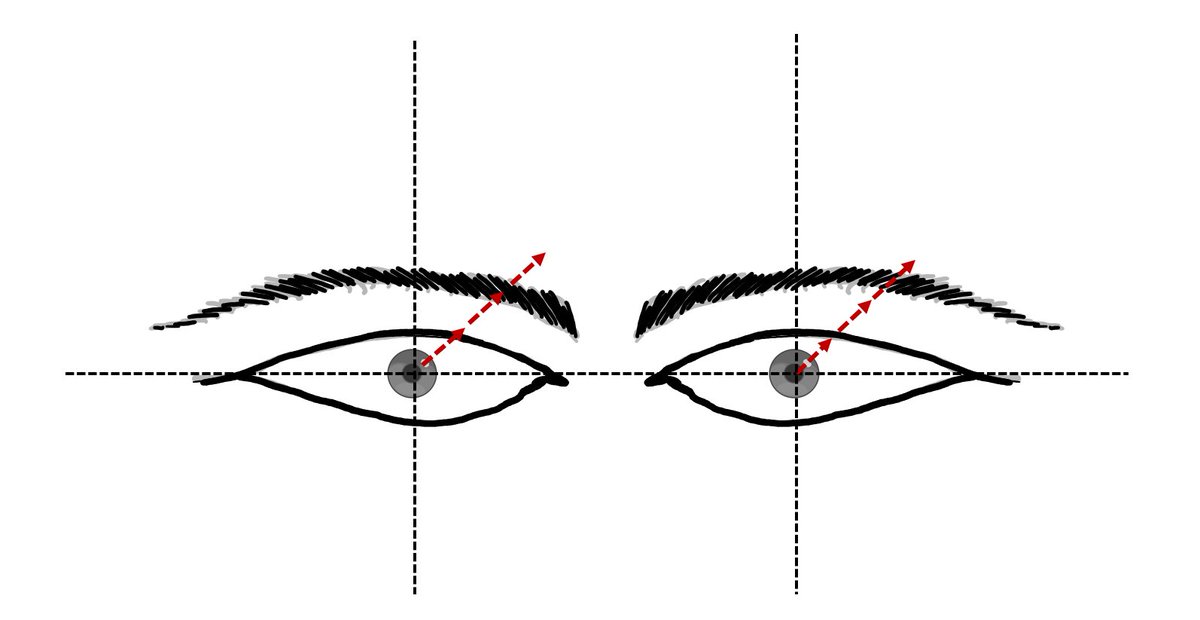SEIZURE SEMIOLOGY TWEETORIAL
#Epilepsy #Neurotwitter #Seizure
🧵1/ What is a clonic seizure?
A clonic seizure is defined as a series of rhythmic "myoclonic" contractions of the involved muscle groups at a frequency of 0.2-5Hz, clinically characterized by twitching movements.

#Epilepsy #Neurotwitter #Seizure
🧵1/ What is a clonic seizure?
A clonic seizure is defined as a series of rhythmic "myoclonic" contractions of the involved muscle groups at a frequency of 0.2-5Hz, clinically characterized by twitching movements.


2/ The first formal description of clonic seizures was provided by Louis Francois Bravais in 1827. He described "hemiplegic epilepsy" where the 'convulsion' was restricted to one side of the body. This was part of his thesis for the degree of MD at Univ. of Paris. #NeuroTwitter 



3/ Sir John Hughlings Jackson, in 1870, delivered a lecture at St. Andrews Univ called "A study of convulsions". In this paper, he described unilateral motor seizures as "deliberate spasm of one side of the body, and in which parts of the body are affected, one after another." 

4/ It was Charcot, who first used the phrase "Jacksonian epilepsy" in 1877. Penfield and Kristiansen described "Jacksonian motor" seizures in 20 patients in their monograph "Epileptic Seizure Patterns". #Epilepsy #NeuroTwitter 

5/Penfield and Jasper defined "Jacksonian seizure" as a seizure characterized by local movements of some part of the body. "Jacksonian march" describes the spread of movement from one part to another as the seizure discharge spreads up or down the precentral gyrus. #NeuroTwitter 

6/ In the 'Sabill Memorial Oration' on 'Local Epilepsy', Sir Gordon Holmes described a typical "Jacksonian attack" in 2 stages: 1) Clonic movements, sometimes preceded or accompanied by tonic spasm. The movements spread slowly and remain restricted to one segment.
CONT'D: They consist of "brief tetanic contractions" of all muscles that co-operate in the movement. In the clonic stages, there always seems to be a relaxation of the antagonist muscles. 2) Motor paresis, following the clonic movements. #Neurotwitter #Epilepsy 

7/ The most likely symptomatogenic zone of clonic seizures is the primary motor area (PMA) in the precentral gyrus. In a cortical stimulation study of 12 patients, Lim, et al. showed that pure clonic movements were elicited in 66.7% of PMA stimulation trials & 15% of SMA trials. 

8/ In a stimulation study of 4 patients, Hamer, et al were able to elicit focal clonic movements by electrical stimulation of PMA via subdural grid electrodes. #NeuroTwitter #Epilepsy 



9/ In a separate study, Hamer, et al showed the presence of polyspike and wave discharges over the PMA in patients with clonic seizures where as the tonic phase was associated with fast repetitive spikes. #Neurotwitter #Epilepsy 



10/ Clonic seizures have high lateralizing value to the contralateral hemisphere. In Mauguiere & Courjon, out of 127 patients, 19 had simultaneous EEG recordings and 6 of these had clonic seizures. The seizures were lateralized to the contralateral hemisphere. #NeuroTwitter 





11/ In a vEEG study of Todd's paresis in 44 patients (72 seizures) with focal epilepsy, focal clonic activity was present in 55.6% of seizures and it was always contralateral to the hemisphere of seizure onset. Also Todd's paresis lasted longer when preceded by clonic activity. 



12/ Janszky, et al reported 36 seizures out of 153 in frontal lobe epilepsies with unilateral clonic activity. 92% of clonic seizures were contralateral to the epileptogenic region. #NeuroTwitter #Epilepsy 



13/ In a study of infants with seizures, Loddenkemper, et al reported that unilateral clonic seizures (n=24) mostly lateralized to the contralateral hemisphere. #NeuroTwitter #epilepsy 



14/ Conclusion: Clonic seizures (Jacksonian motor seizures) consist of rhythmic contractions of affected body part with or without associated tonic contraction. The most likely symptomatogenic zone is PMA and these seizures consistently lateralize to the contralateral hemisphere.
• • •
Missing some Tweet in this thread? You can try to
force a refresh


























